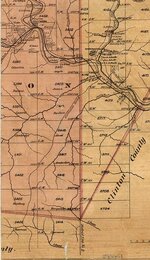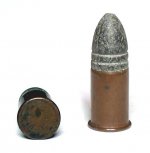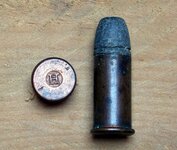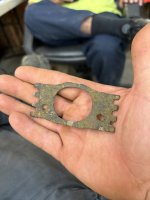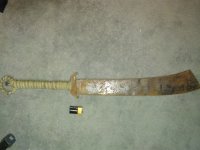kudo623
Full Member
- Jun 24, 2011
- 144
- 50
- Detector(s) used
- Garret GTI 2500 2BOX
- Primary Interest:
- Cache Hunting
Only other details I heard were that the bars found weigh 60 lbs.
And that this happened about a month ago. Forester found nine bars of gold while marking trees.
Researched all the on line papers up that way--Karthaus, Lockhaven and Clearfield but found nothing. If Henson's account is true then you have the party leaving the wagons and heading South on horseback with the gold bars in their packsaddles-probably two each per packsaddle/horse? They probably came to this spot where for some reason they all made a decision to unload the gold? Don't forget, this time period is late June possibly early July with the Battle of Gettysburg commencing with the cannon being heard all the way in Pittsburg. If this detail 'caught wind' of this then they may have left the gold for the war? Its just one scenario anyway?



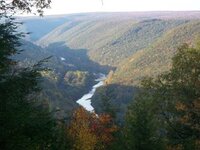

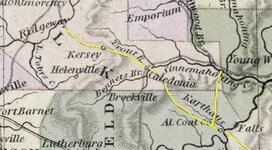
 . Its not in the papers or news. Did someone split it up and we will never know the truth. Well Gov. Corbett ask for DCNR Sec. Richard J. Allan to quit today and he did
. Its not in the papers or news. Did someone split it up and we will never know the truth. Well Gov. Corbett ask for DCNR Sec. Richard J. Allan to quit today and he did 